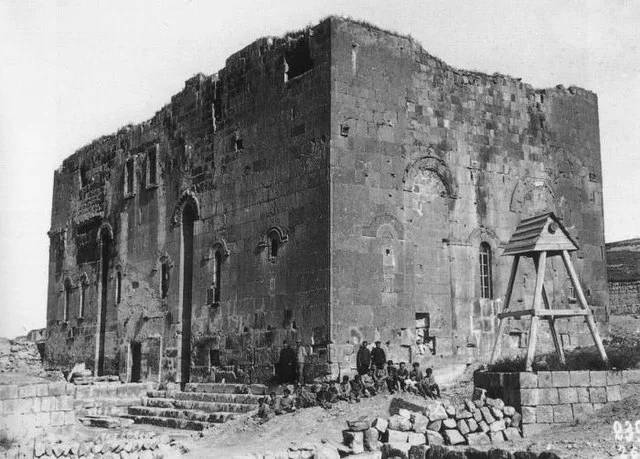The ancient city of Shirakavan, once a prominent Armenian settlement, lies in present-day Armenia, near the Akhurian River. Shirakavan served as a significant urban center during the medieval period, especially from the 9th to the 11th century AD. Its history, architecture, and role in Armenian culture and politics mark it as an important subject for historical study. In this article, we will explore the origins of Shirakavan, its cultural and political significance, and archaeological insights into its urban structure and artifacts.
Get your dose of History via Email
Origins of Shirakava
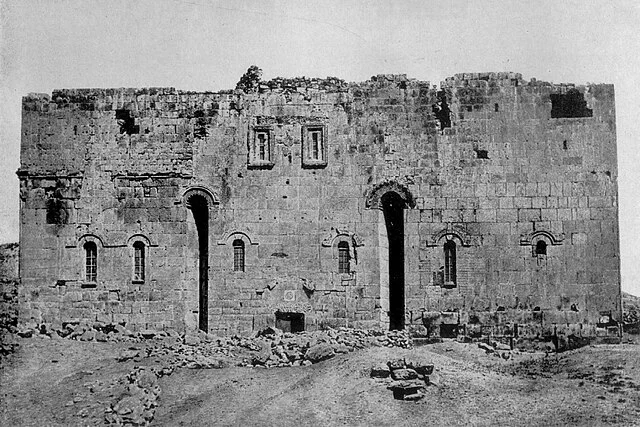
Shirakavan’s origins trace back to the early medieval period, specifically around the 9th century AD, when it began to flourish as a key urban center in the Kingdom of Armenia. Scholars believe the city’s founding aimed to provide a strategic, well-fortified location for both trade and governance. The city’s location near rivers and natural resources made it an ideal spot for settlement, agricultural development, and strategic military defense.
King Ashot I Bagratuni, an influential Armenian king, designated Shirakavan as the Bagratid capital in the late 9th century AD. His reign (r. 885–890 AD) marked Shirakavan as a political and administrative center, expanding its influence and prosperity across the region. Although Ani later became the kingdom’s capital, Shirakavan remained an influential city until the 11th century AD.
Shirakavan as a Cultural and Political Center
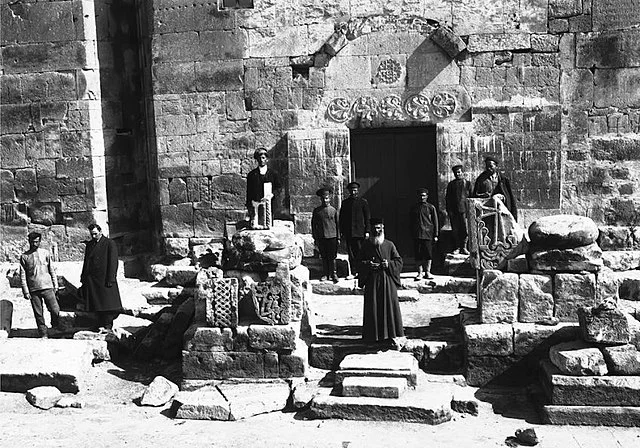
During the late 9th and 10th centuries AD, Shirakavan flourished culturally and politically. The Bagratid Dynasty invested in Shirakavan’s development, promoting arts, religious institutions, and trade. The city became home to artisans, traders, and religious leaders who contributed to the growth of Armenian literature, architecture, and culture.
The Bagratids established several religious structures in Shirakavan, most notably the Church of Saint Gregory, built in the late 9th century AD. The church became a key religious site in the region and symbolized Armenian Christianity’s role in the Bagratid state. The city’s religious significance attracted clergy and scholars, further promoting Shirakavan’s intellectual and cultural life.
Shirakavan also acted as a political hub, where the Bagratid kings conducted administrative duties and held court. The city’s strategic location allowed it to serve as a critical center for defense against external threats, especially from Arab and Byzantine forces. Its fortifications and military presence underscored its role in protecting Armenian territories during periods of conflict.
Decline of Shirakavan
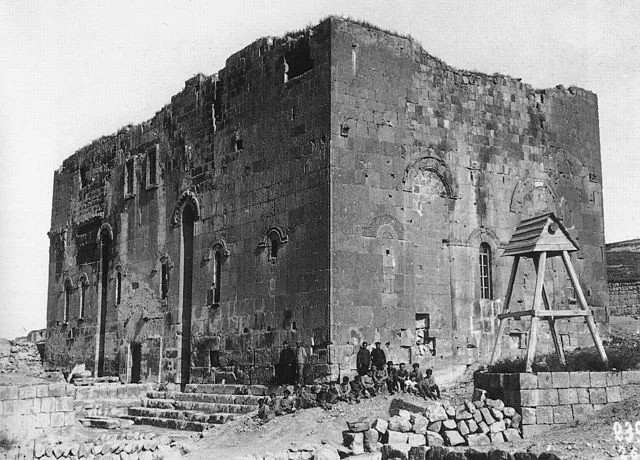
By the 11th century AD, Shirakavan faced challenges that led to its decline. Several factors, including the shifting of the Bagratid capital to Ani, reduced its political importance. Ani, located nearby, attracted resources and population, leading to a gradual decline in Shirakavan’s significance.
Additionally, invasions and conflicts in the region weakened Shirakavan’s economy and defensive capabilities. Seljuk incursions in the late 11th century AD further destabilized the region, causing significant destruction. Over time, Shirakavan became less populated, eventually transforming from a thriving city to a largely abandoned site.
Archaeological Insights and Discoveries
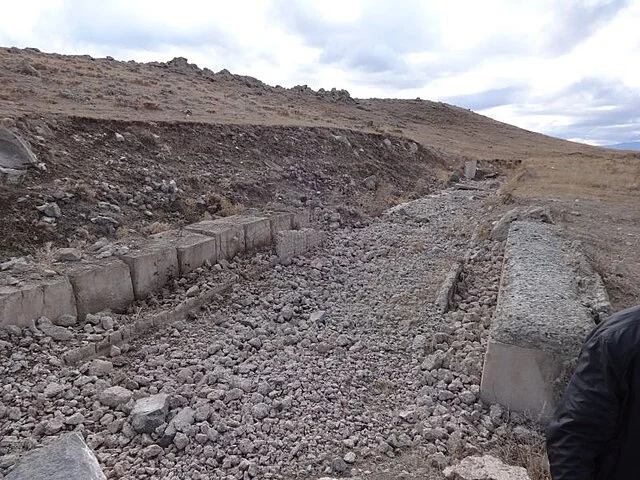
Archaeologists have explored Shirakavan to uncover evidence of its urban structure, architecture, and artifacts. Excavations have revealed parts of the city’s fortifications, residential areas, and religious structures, including the remains of the Church of Saint Gregory. The church’s architectural style reflects elements of Armenian religious architecture from the period, characterized by its use of local stone and intricate design features.
Artifacts discovered in Shirakavan provide insight into daily life, trade, and culture. Researchers have found pottery, tools, and coins, indicating the city’s active trade networks. These artifacts reflect Shirakavan’s connection to regional and distant trade routes, linking it to other parts of Armenia and neighboring regions.
The study of Shirakavan’s urban layout shows evidence of a well-planned city, with distinct residential, religious, and administrative areas. Researchers believe that the city’s organization reflects the Bagratid Dynasty’s vision of a structured, efficient capital that served both its political and cultural functions.
Shirakavan’s Legacy in Armenian History
Although Shirakavan declined in the 11th century AD, its legacy remains an important part of Armenian history. The city represents a period when Armenia experienced political unity, cultural growth, and architectural innovation under the Bagratid Dynasty. Shirakavan’s historical significance highlights the development of Armenian urban centers and their contributions to regional culture and politics.
The city’s religious and cultural contributions, particularly through structures like the Church of Saint Gregory, underscore the importance of Shirakavan as a site of Armenian Christian heritage. Its role as a political and cultural center during the Bagratid period remains a subject of interest for scholars and archaeologists.
Conclusion
The ancient city of Shirakavan offers valuable insights into the medieval Armenian world. Its origins, role in Armenian history, and legacy as a Bagratid capital illustrate the complexity of Armenian society and governance during the medieval period. Shirakavan stands as a testament to Armenia’s cultural resilience, contributing to our understanding of Armenian urban and architectural traditions.
Further archaeological research in Shirakavan may reveal additional details about its urban structure, trade connections, and cultural contributions. This ongoing exploration continues to enrich our knowledge of Armenia’s historical landscape, adding depth to the study of medieval Armenian civilization.
Source:

